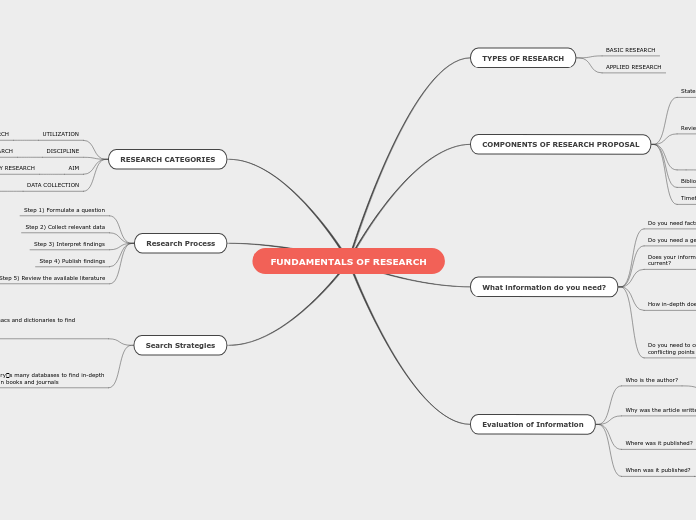by Rosalie Raino Kasi 5 years ago
297
FUNDAMENTALS OF RESEARCH

by Rosalie Raino Kasi 5 years ago
297

More like this
Methodology
subject, design and data correction